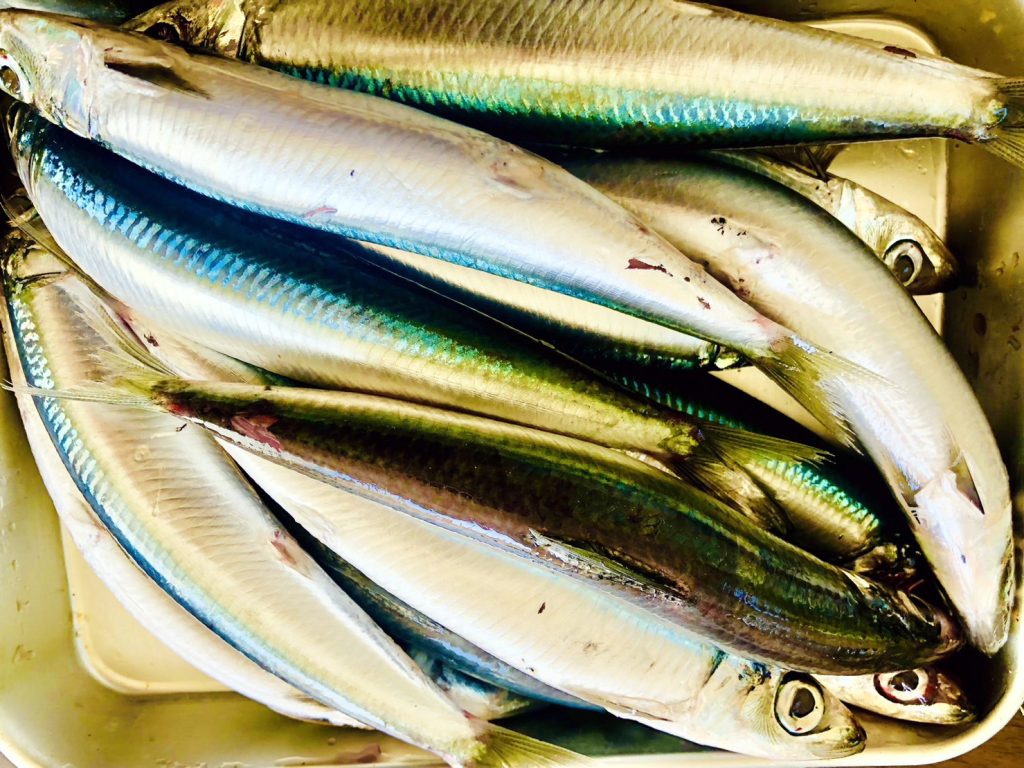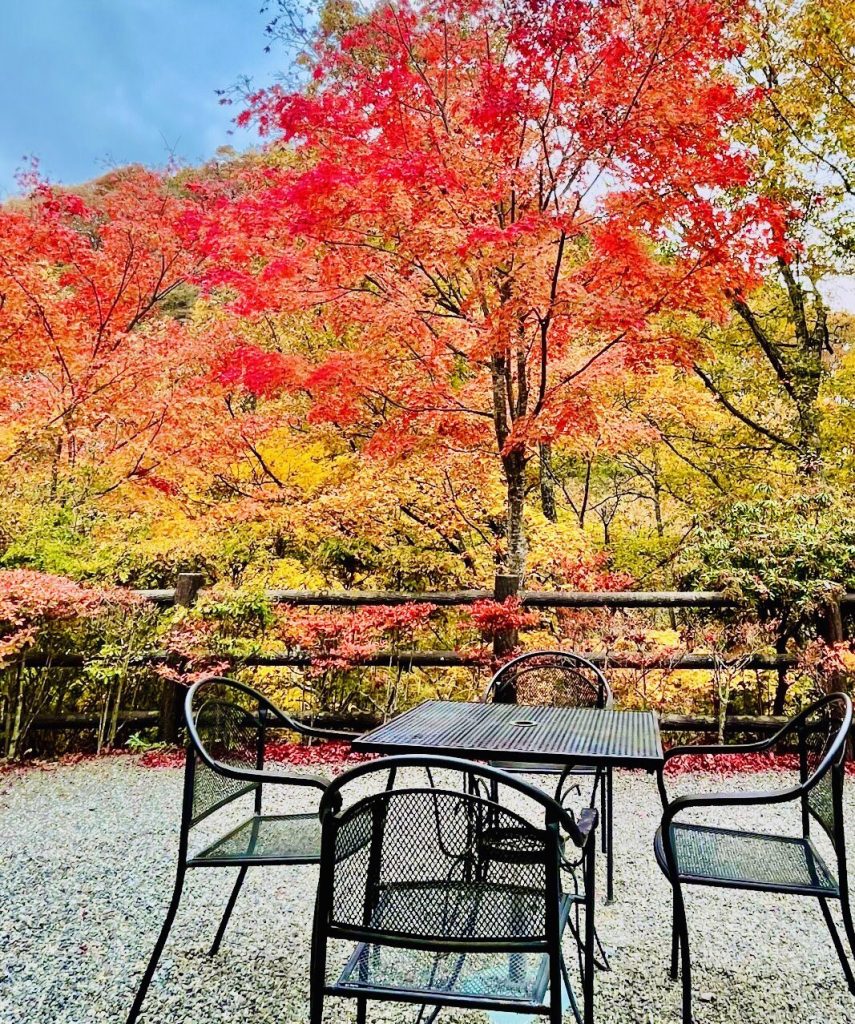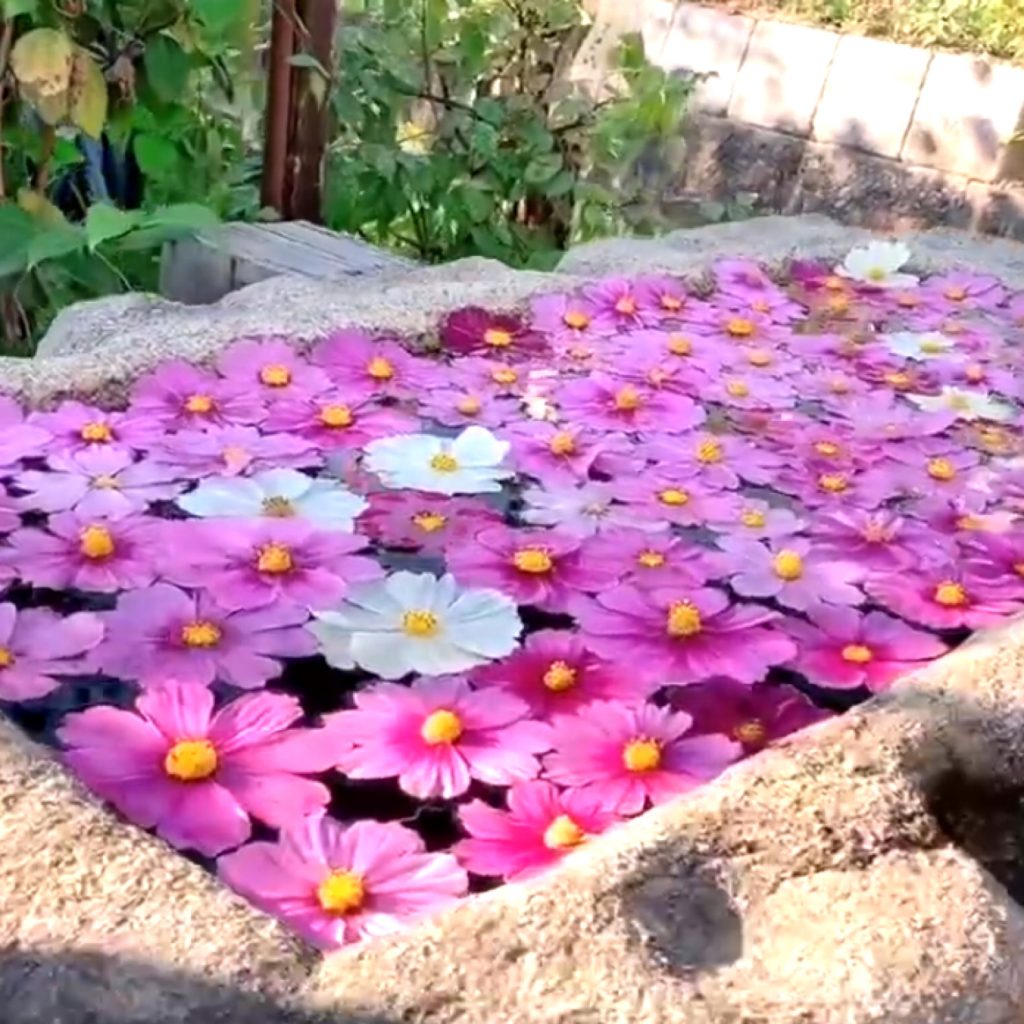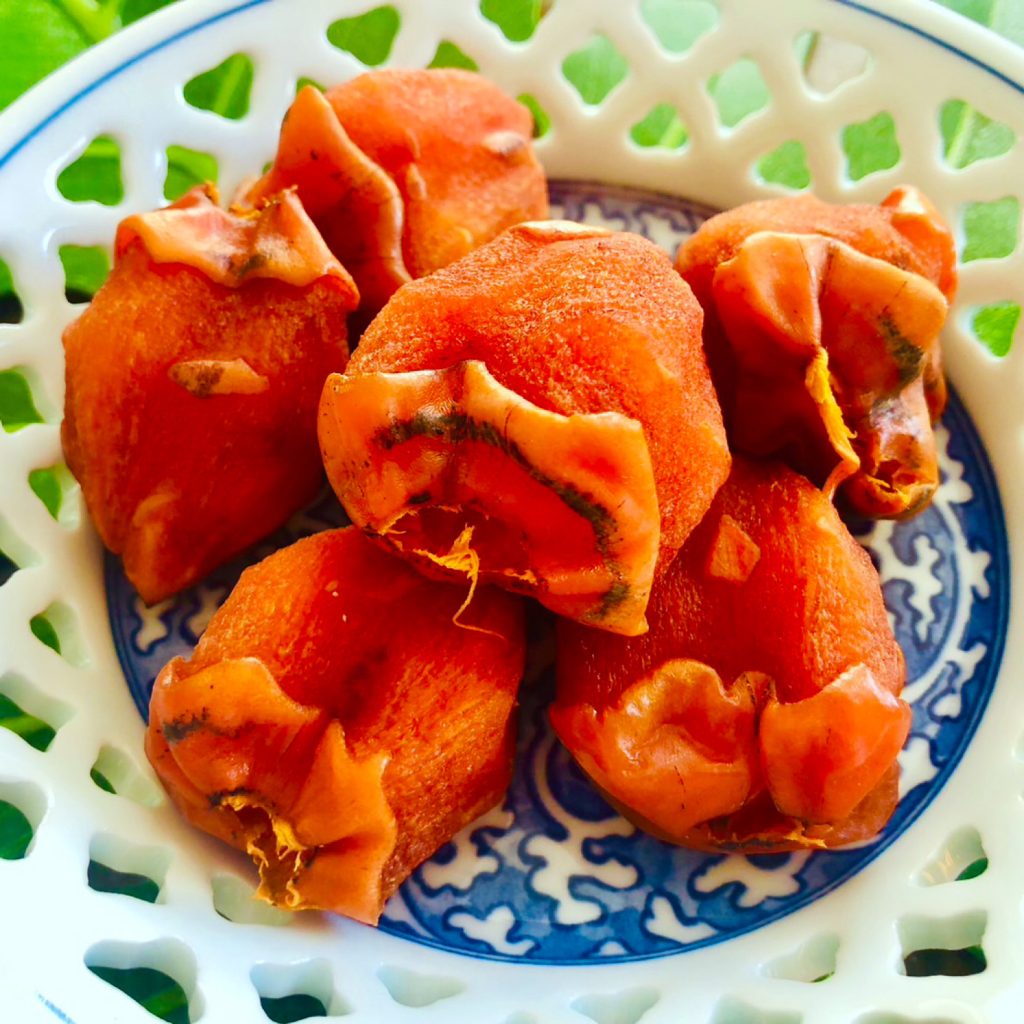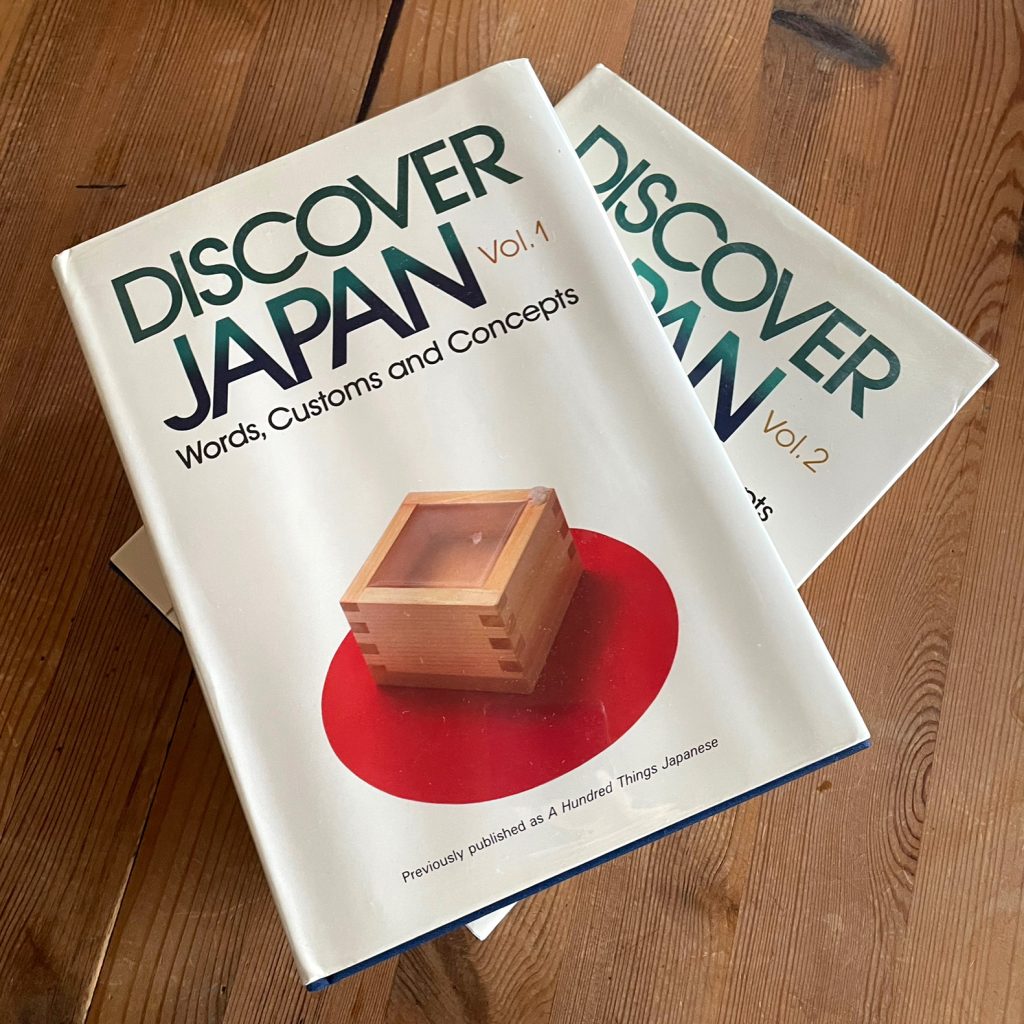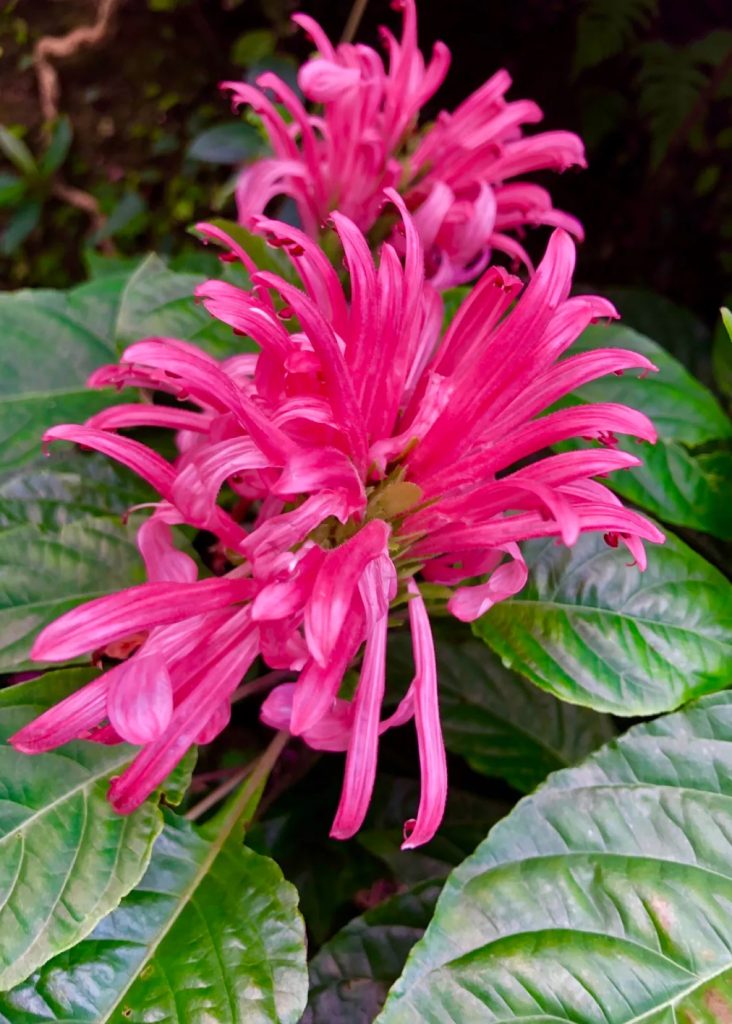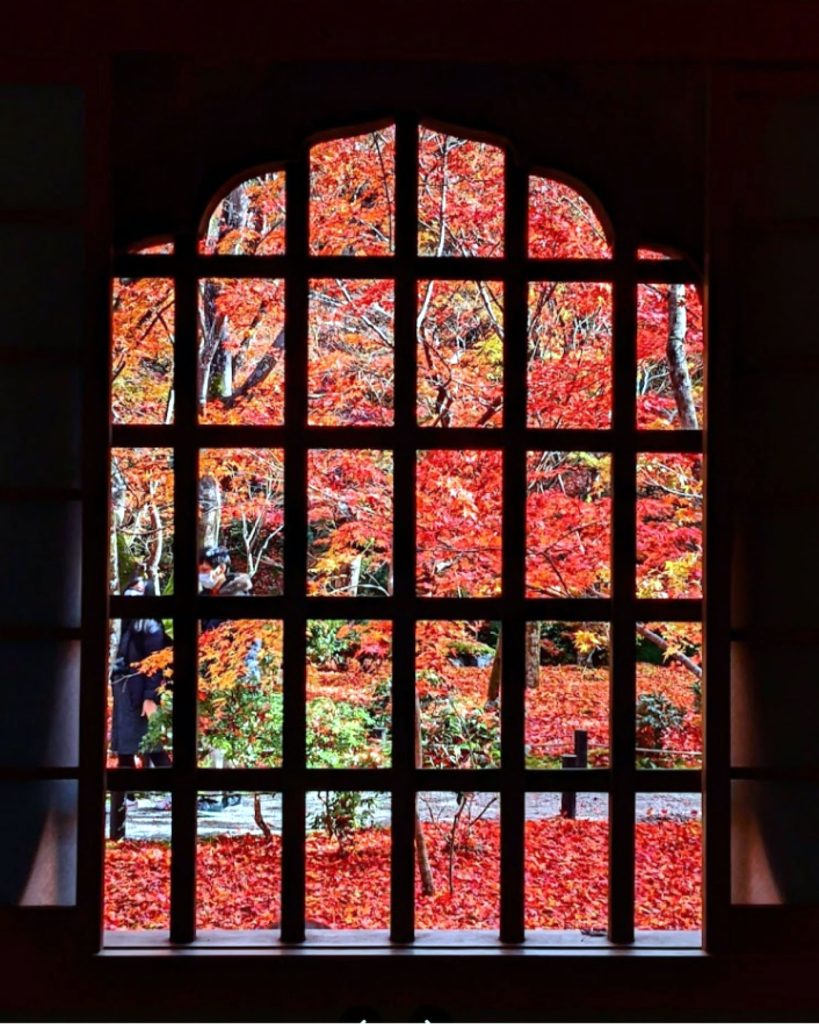
From Kyoto’s Demachiyanagi, take the Eizan Main Line of the Eizan Electric Railway and disembark at the third station, Ichijoji Station. A 15-minute walk awaits, passing by the remains of the mountain villa where the Edo-period literati Ishikawa Jozan spent his later years, known as the ‘Shisendo.’ Just beyond lies the Enkoji Temple.
Originally built by Tokugawa Ieyasu, who aimed to promote domestic education, the temple was established by relocating a school. Currently serving as a training center for the Nanzen-ji school, it maintains the remnants of an academic institution. Additionally, Enkoji Temple played a role in the early printing of one of Japan’s first movable-type books, the ‘Fushimi-ban,’ with surviving wooden type used in the publication.
Despite its unique history compared to other temples, Enkoji is now renowned in Kyoto as one of the foremost spots for autumn foliage. Ascend the temple gate to find the ‘Honryutei,’ a dry landscape garden, and pass through the middle gate to encounter the ‘Jugyu no Niwa,’ known as a framed garden. Before the main hall, the ‘Suikinkutsu’ resonates with clear, mystical sounds. Enkoji Temple is currently adorned with vibrant autumn leaves. The photo captures the foliage of the ‘Jugyu no Niwa’ seen through the window of the ‘Zuiunkaku.
京都出町柳から叡山電鉄叡山本線に乗って三つ目の駅「一乗寺駅」を下車して歩くこと約15分、途中には、江戸時代の文人・石川丈山が晩年を過ごした山荘跡「詩仙堂」があり、そこを過ぎるとすぐの所に「圓光寺」があります。徳川家康が国内教学の発展を図るために建立した学校を移築してできた寺院です。現在は南禅寺派研修道場として坐禅会などが実施されていて学問所の名残りをとどめています。
また、圓光寺では日本で初期の活字本の一つである「伏見版」の印刷事業が行われ、当時、出版に使用された木活字が現存しています。
この様な他の寺院とは違った履歴をもった圓光寺ですが、今では京都でも屈指の紅葉の名所として知られています。山門を上ると枯山水の「奔龍庭」が広がり、中門をくぐると額縁庭園としても知られる「十牛之庭」があり、また本堂前の「水琴窟」は澄んだ妙音を響かせています。圓光寺は今、紅葉もみじで溢れかえっています。写真は、「瑞雲閣」の窓越しに見る「十牛之庭」の紅葉風景です。

